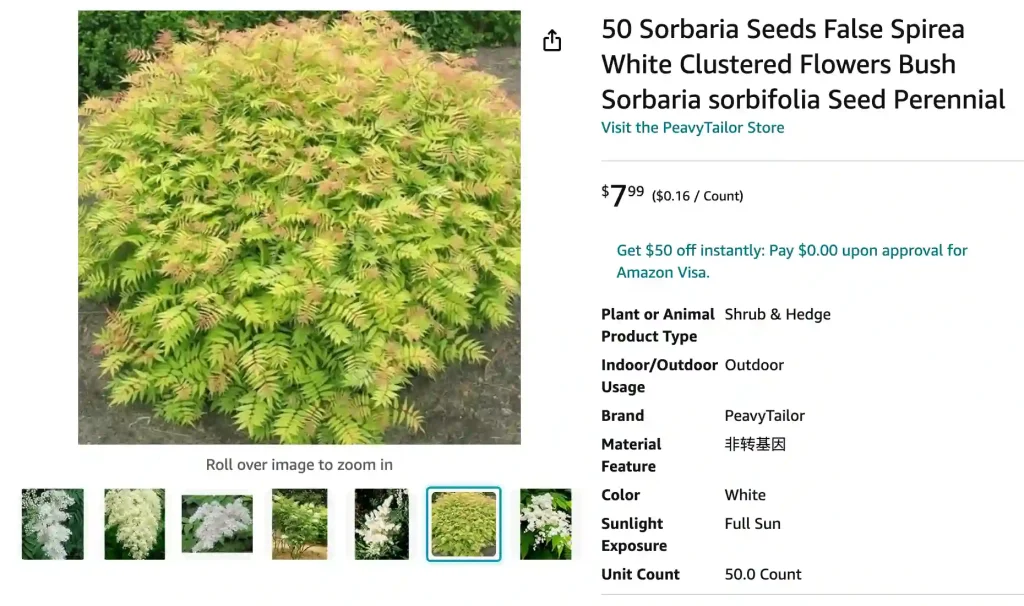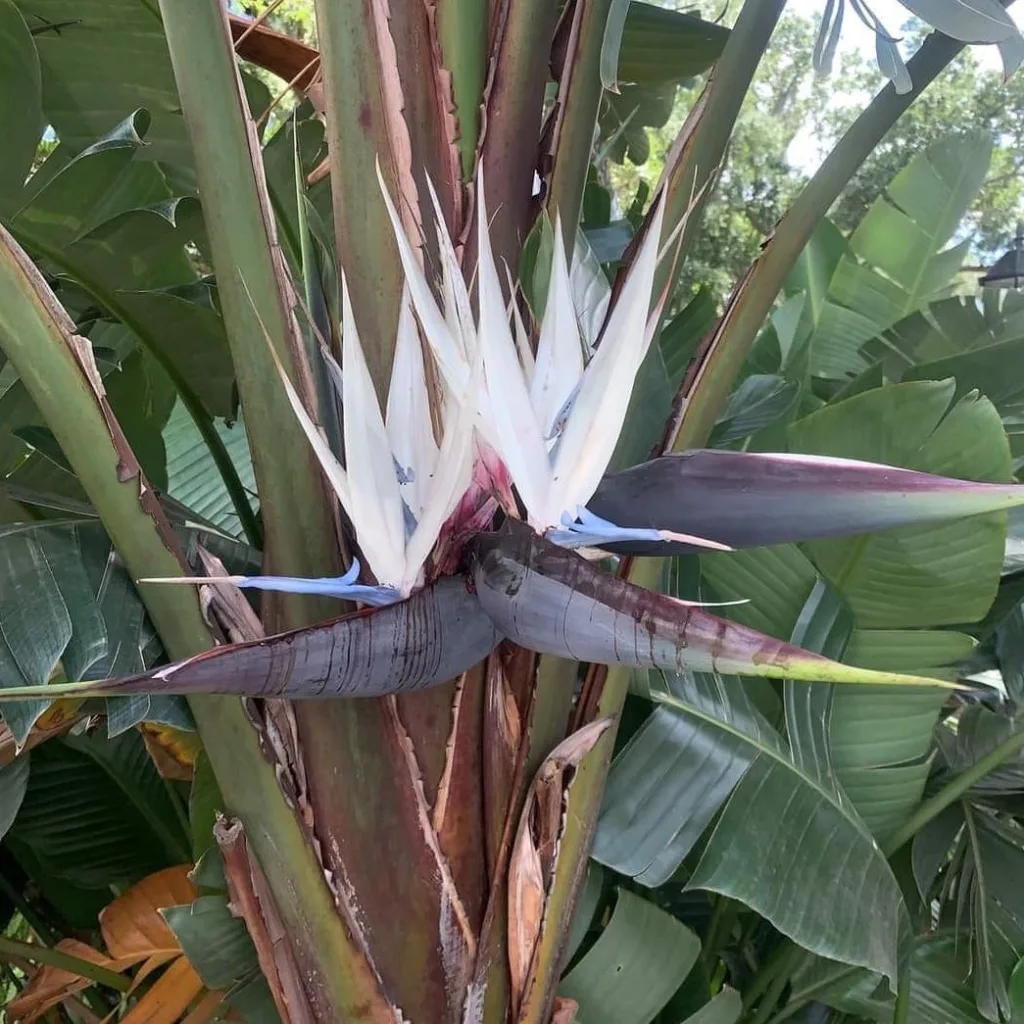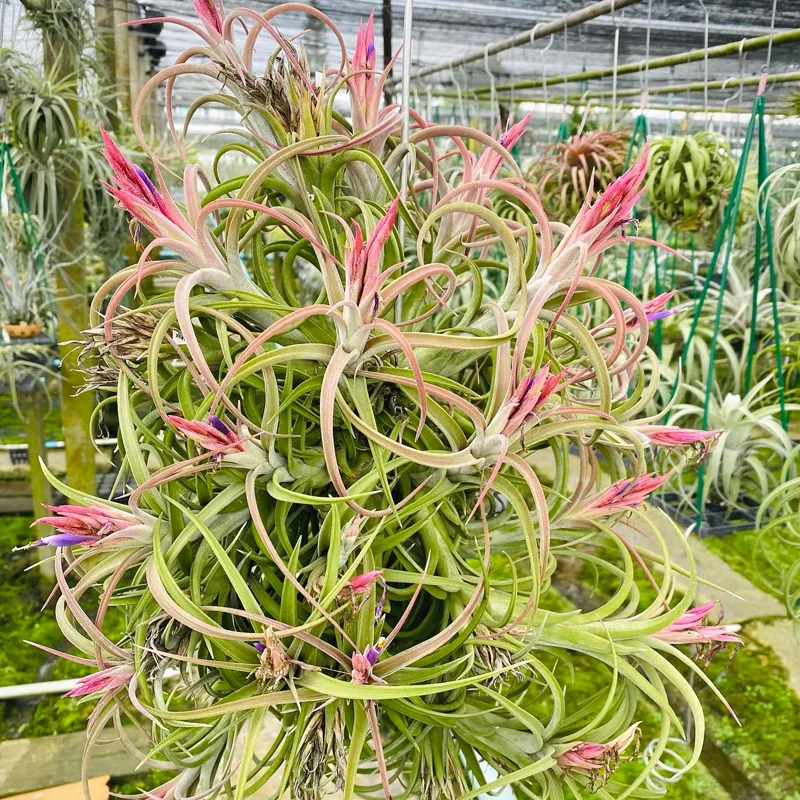
Frequently Asked Questions About the Sorbaria Genus
Sorbaria is a fascinating genus that often draws attention in garden discussions. Its hardiness, fast growth, and beautiful foliage make it a standout. But many people have questions about how to care for these shrubs, their growing conditions, and potential concerns. Let’s dive into some common questions I get about Sorbaria, based on my experience with these plants.
What Is Sorbaria?
Sorbaria belongs to the Rosaceae family, known for its feathery leaves and white, frothy clusters of flowers. It’s often chosen for its decorative appeal, especially in colder regions. The genus includes a few species, but the most common is Sorbaria sorbifolia, or False Spirea. While the plant looks stunning with its large sprays of tiny flowers, its aggressive growth habit makes it a plant you’ll need to keep an eye on.
Sorbaria species
- Sorbaria grandiflora (Sweet) Maxim.
- Sorbaria kirilowii (Regel) Maxim.
- Sorbaria sorbifolia (L.) A.Braun Plant FAQs: Sorbaria Sorbifolia
- Sorbaria tomentosa (Lindl.) Rehder
How to Care for Sorbaria?
Caring for Sorbaria is fairly straightforward. It thrives in full sun to partial shade and requires well-drained soil. I’ve found that it tolerates a variety of soil types, even poor soils, though it prefers a moist environment. Once established, these shrubs are drought-tolerant and can survive neglect. However, providing occasional watering during dry spells keeps the plant looking its best.
I’ve noticed that the plant benefits from a thick layer of mulch around the base, which helps retain moisture and keeps the roots cool. Sorbaria isn’t particularly fussy, but regular feeding with a balanced fertilizer in spring will promote healthy growth and blooming.
How to Prune Sorbaria?
Pruning Sorbaria can seem daunting because of its fast growth, but it’s essential to maintain its shape and prevent it from taking over the garden. I usually prune mine after it finishes flowering, around late summer. You can cut back the older branches to ground level, which encourages fresh growth. Thinning out the shrub every couple of years also helps air circulation and prevents the plant from becoming too dense.
If you’re working with a Sorbaria that’s gotten out of hand, don’t be afraid to cut it back aggressively. This genus is incredibly resilient and will bounce back even after a hard prune.
Is Sorbaria Invasive?
Yes, Sorbaria can be invasive. Its rapid suckering habit means it spreads quickly, forming dense thickets if not controlled. I’ve had to install root barriers around mine to prevent it from spreading to unwanted areas. If you’re growing it in a confined space, regular pruning and root management are a must.
That said, its aggressive growth can also be beneficial if you’re looking to fill large spaces in the garden quickly.
How Fast Do Sorbaria Bushes Grow?
In my experience, Sorbaria bushes grow rapidly, especially once they’re established. Within a single growing season, they can gain a significant amount of height, easily reaching 3 to 5 feet tall and spreading out even wider due to their suckering nature. If you’re planning to use them as a fast-growing screen or filler, they’re excellent for that. But their fast growth can also be a drawback if you’re not prepared to manage it.
How to Root Sorbaria?
Sorbaria is easy to propagate through softwood cuttings, which I find the most reliable method. I usually take cuttings in late spring or early summer, dipping the cut ends in rooting hormone before placing them in a moist growing medium. Within a few weeks, roots will start to form.
The plant also naturally spreads through its roots, so another option is to dig up some of the suckers that emerge away from the main plant and replant them elsewhere. It’s an effortless way to multiply your Sorbaria, especially since those suckers are essentially pre-rooted.
Will Sorbaria Grow in Alkaline Soil?
Sorbaria can tolerate a range of soil pH levels, including alkaline soil. I’ve successfully grown it in slightly alkaline conditions without any issues. However, if you’re dealing with highly alkaline soil, it’s worth adding organic matter like compost to help balance the pH. This can improve nutrient availability and overall plant health.
Is Sorbaria Poisonous to Dogs?
One question I often get is whether Sorbaria is toxic to pets, particularly dogs. To the best of my knowledge and experience, Sorbaria is not listed as toxic to dogs or other pets. However, I always recommend erring on the side of caution. If your pets like to chew on plants, it’s a good idea to monitor them closely to ensure they don’t have any reactions.
Can Sorbaria Be Grown Indoors?
I’ve never tried growing Sorbaria indoors, and frankly, I wouldn’t recommend it. These shrubs grow quite large, and their fast growth makes them more suited for outdoor spaces where they have room to spread. If you want something similar for indoor use, consider opting for smaller houseplants that offer decorative foliage but won’t overwhelm your space.
What to Plant With Sorbaria?
Sorbaria looks lovely when paired with other hardy perennials or shrubs. I often plant mine alongside grasses or ornamental shrubs that can handle a bit of competition for space. Hostas and ferns make great companions in shaded spots, while flowering perennials like Rudbeckia or Echinacea can provide contrast in sunnier areas.
When designing a garden with Sorbaria, be mindful of its invasive tendencies. Give it plenty of room or use a root barrier to prevent it from crowding out nearby plants.
Common Problems With Sorbaria
Sorbaria is relatively problem-free, but there are a few things to watch for. I’ve occasionally seen issues with powdery mildew or leaf spots, but these are rare and usually a sign of poor air circulation. Keeping the shrub pruned and well-spaced can help prevent these problems. Pest-wise, I’ve had minimal issues—Sorbaria seems to be quite resilient against most common garden pests.
Final Thoughts
Sorbaria is a tough, beautiful shrub that brings a lot of visual interest to the garden. Its rapid growth and hardiness make it a good choice for filling large areas, but it does require some management to prevent it from spreading uncontrollably. Whether you’re looking for an ornamental plant to fill a challenging spot or just want to add some dramatic foliage to your garden, Sorbaria is worth considering. Just be prepared to prune regularly and control its spread!
If i die, water my plants!



